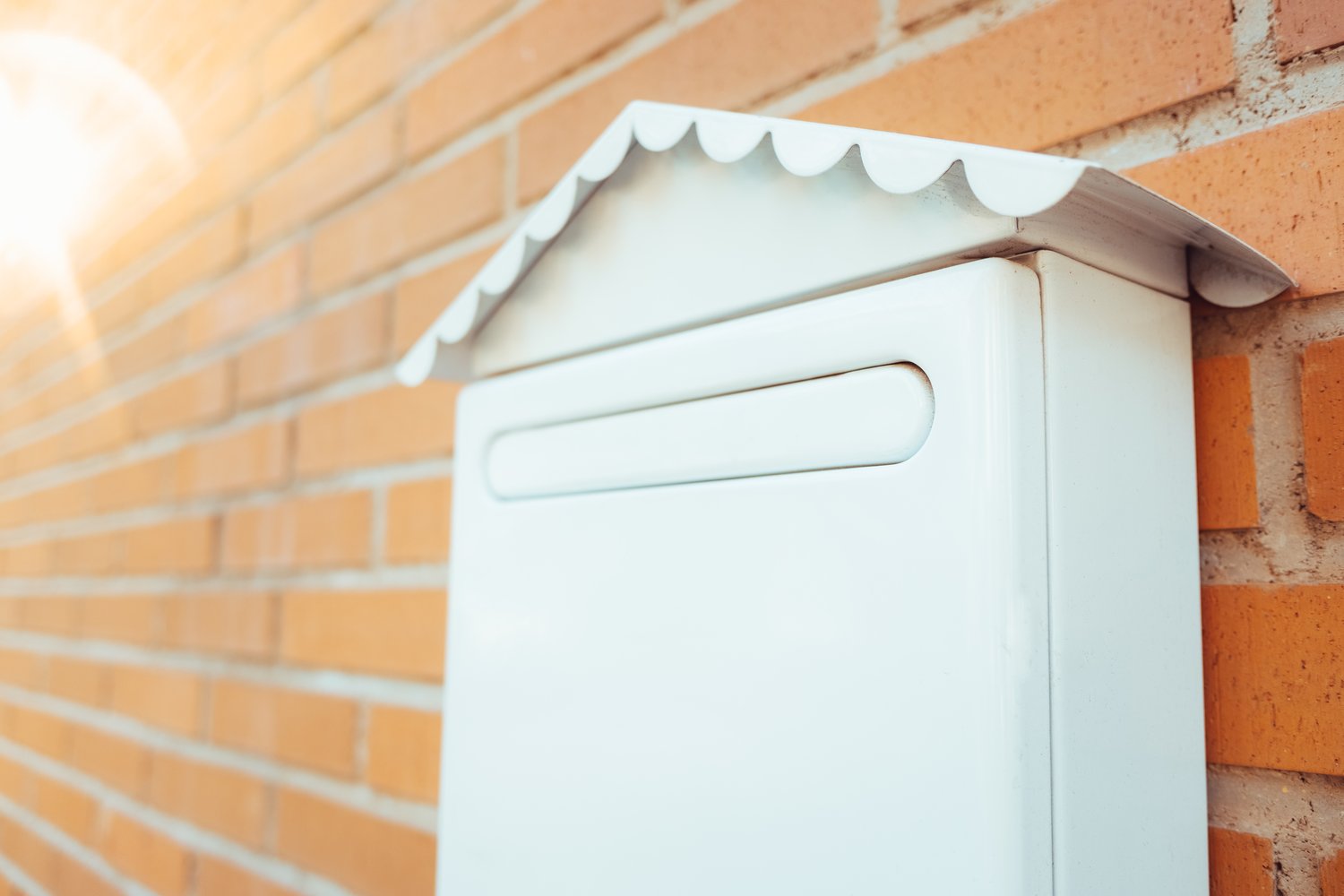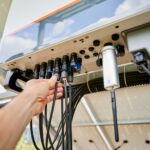In the age of smart homes, mailbox sensors provide an advanced layer of convenience and security, yet they’re not impervious to flaws. What happens when your smart mailbox sensor notifications suddenly fail? Exploring the common culprits—power supply challenges and range limitations—can unveil solutions that ensure your system operates seamlessly. Delve into this vital aspect of modern mail management and uncover approaches to fortify your mailbox notification system.
- Identify the frequent causes of smart mailbox sensor notification failures, focusing on power supply challenges and range issues.
- Uncover methods to effectively troubleshoot power-related problems, including battery depletion and poor connectivity.
- Explore strategies to enhance range and signal reliability for uninterrupted smart mailbox notifications.
- Learn how choosing the right equipment and proper installation can prevent future notification failures.
By addressing these critical power and range factors, you can enhance your smart mailbox’s reliability, ensuring consistent communication and peace of mind. Embark on this journey to optimize your system’s performance and stay one step ahead in smart home technology.
Understanding Smart Mailbox Sensor Notifications Failures
Smart mailbox sensors are an innovative addition to home automation, offering convenience by notifying users whenever mail arrives. However, these notifications may sometimes fail, leaving homeowners uncertain and undermining the system’s reliability.
The primary causes of notification failures often boil down to power issues and range limitations. Power issues can arise from battery depletion or unstable power connectivity. Range limitations, on the other hand, occur when the sensor’s signal cannot cover the necessary distance to reach the user’s device. Understanding these factors is essential to troubleshoot and enhance the system’s efficiency.
By addressing these common causes, users can ensure more dependable operation of their smart mailbox systems, fostering peace of mind and optimal performance in their smart home setup.
Power Supply Challenges in Smart Mailbox Sensors
The efficiency of smart mailbox sensors largely depends on their power supply. One of the common power supply problems is battery depletion. Sensors usually rely on batteries, and their lifespan can vary based on the usage frequency and environmental conditions. Dead or low batteries will result in failed notifications, disrupting the sensor’s functionality.
Another issue is power connectivity. If the sensor is connected to a power source, loose connections or power fluctuations can impede its operation. Effective troubleshooting of these problems involves checking and securing physical connections, ensuring that wires are intact, and replacing batteries regularly.
Employing these solutions not only helps in maintaining the sensor’s performance but also boosts its overall reliability, ensuring seamless communication and notifications from your smart mailbox.
Enhancing Range to Prevent Smart Mailbox Sensor Notifications Failures
One of the critical factors in ensuring the seamless operation of smart mailbox sensor notifications is enhancing the range. A limited range can often lead to missed alerts and result in poor system performance. By understanding and improving the factors that affect range, users can ensure robust signal transmission.
First, consider the placement of your sensors. Ideally, the sensor should have a direct line of sight to the receiving device. Obstacles such as walls or large metal objects can absorb or deflect signals, thereby reducing range. Relocating the sensor or receiver may significantly boost the signal quality.
Investing in external antennas designed to boost wireless range can make a substantial difference. These antennas amplify the signal, assisting in overcoming physical barriers and expanding the coverage area. Ensure that the chosen antenna is compatible with your sensor’s frequency band for optimal results.
Wi-Fi repeaters or extenders can also play a pivotal role. They amplify the existing network signal, enabling the sensors to maintain a connection over a broader area. Placing these devices strategically between the sensor and the receiver will create a strong, uninterrupted signal path.
Lastly, consider upgrading to higher frequency communication protocols like Zigbee or Z-Wave, known for their extensive range capabilities. These protocols are specially designed for low-power IoT devices, making them suitable for smart mailbox systems.
Choosing the Right Equipment for Optimal Performance
Selecting the appropriate smart mailbox sensors and communication devices is integral to minimizing notification failures. The right equipment can effectively address both power and range limitations, ensuring consistent system performance.
Begin by evaluating the sensor’s range specifications. Models offering higher range and better penetration through obstacles are preferable for seamless operation. Ensure these sensors are compatible with your existing smart home ecosystem for streamlined integration.
Consider the power needs of your sensor. Models with efficient power consumption features, such as sleep mode or adjustable transmission intervals, can significantly extend battery life. This reduces the need for frequent maintenance, ensuring uninterrupted service.
Communication devices, such as gateways and hubs, should support the latest wireless standards. Devices compatible with Wi-Fi 6 or the latest Zigbee and Z-Wave protocols offer improved range and connectivity. They are less prone to interference, which is crucial for maintaining reliable notifications.
Invest in equipment from reputable manufacturers that offer robust customer support and software updates. This ensures that your system remains compatible with future technological advancements, protecting your investment over the long term.
Installation and Maintenance Tips to Avoid Failures in Smart Mailbox Sensor Notifications
Smart mailbox sensors are an essential component of a modern home, offering convenience and the ability to stay informed about incoming mail. However, ensuring reliable smart mailbox notifications requires careful attention to installation and maintenance.
Optimal Sensor Placement: Place the sensor in a location that balances protection from the elements and an uninterrupted communication path to the base unit. Avoid obstructions like thick walls or large metal objects, which can interfere with the signal.
Proper Calibration: During the installation phase, calibrate the smart mailbox sensor accurately. This ensures that it correctly identifies mailbox activities and limits false notifications. Regularly recalibrate as needed to maintain accuracy.
Routine Battery Checks: Batteries, if not regularly checked, can quickly deplete, causing sensor failure. Schedule routine inspections to replace or recharge batteries promptly. Opt for high-quality, long-lasting batteries to minimize the frequency of replacements.
Weatherproofing and Protection: Many systems require additional protection against harsh weather conditions, ensuring increased longevity and performance of the sensor unit. Consider using weatherproof casings to guard against rain, snow, and excessive heat exposure.
Signal Range Extension: For larger properties, ensure that your sensor’s range is sufficient. Utilize repeaters or Wi-Fi extenders to boost signal strength, contributing to more reliable notifications.
Maintaining your smart mailbox sensor system involves more than just setup. Regular maintenance and thoughtful installation practices can prevent potential issues, thereby optimizing sensor performance for seamless mail management.
Smart Mailbox Sensors: Frequently Asked Questions
What causes a smart mailbox sensor notification to fail?
Several factors can contribute to notification failures, including power supply issues and range limitations.
How can I enhance the power supply for my mailbox sensor?
Ensure that the batteries are charged and check for stable power connectivity to avoid interruptions.
What should I do if my sensor’s range is limited?
Consider placing a range extender or upgrading to a sensor with a longer communication range.
How do I choose the right equipment for my mailbox sensor?
Select sensors and communication devices that are known for their reliability in power and range performance.
What are some installation tips to prevent notification failures?
Follow the manufacturer’s instructions carefully and position the sensor to minimize obstructions.
How often should I perform maintenance on my smart mailbox sensor?
Regular monthly checks are recommended to ensure all components are functioning properly.





